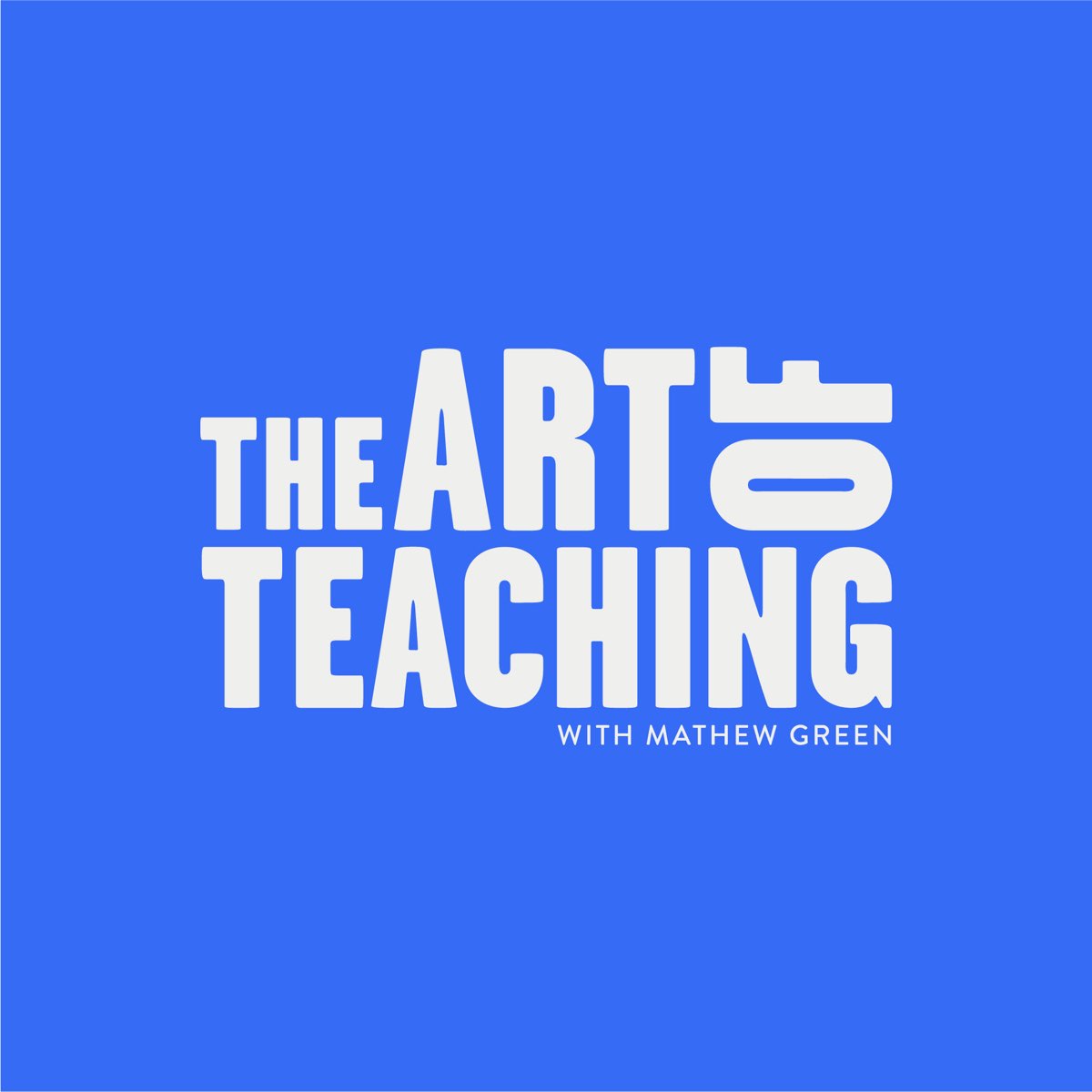Unless you have been living under a rock, you may have heard about ChatGPT. It appears that, once again, such emerging technologies are causing us to ask some fundamental questions about education. There is no doubt that we are in yet another seismic period of change in education.
"ChatGPT, a freely accessible AI chatbot designed to generate human-like responses to virtually any question, is on the brink of shaking up almost every aspect of the teaching and learning lifecycle, and will be on the lips of the majority of educators and principals from day one."
The growing use of AI in schools, particularly tools like ChatGPT, is sparking significant conversation about its potential benefits and challenges in the classroom. As artificial intelligence becomes more integrated into educational settings, educators need to understand how this technology can enhance learning, while also being mindful of its limitations.
One of the most promising aspects of AI tools like ChatGPT is their ability to personalise learning. In a traditional classroom, it can be difficult for teachers to cater to the individual needs of every student, especially in larger classes. AI, however, can offer tailored support by providing instant, real-time feedback to students, helping them learn at their own pace. For example, if a student is struggling with a particular concept, ChatGPT can explain it in different ways until the student grasps the idea. This immediate, personalised approach allows students to receive help without having to wait for a teacher’s one-on-one attention, making learning more efficient and accessible for everyone.
Moreover, ChatGPT can assist teachers with administrative tasks, reducing their workload and allowing them to focus more on teaching. AI can automate grading for multiple-choice quizzes, track student progress, and even help create lesson plans. This not only saves time but also helps to ensure that tasks are completed more quickly and accurately. By handling these routine tasks, AI enables teachers to allocate more of their time to building stronger relationships with students, engaging in more creative lesson planning, and addressing specific areas where students may need extra help.
However, the integration of AI in schools is not without its challenges. One concern is the potential for students to use AI tools like ChatGPT as a shortcut to complete assignments without engaging with the learning process. While AI can help students with research and idea generation, educators must encourage critical thinking and ensure that students use these tools responsibly. Teachers must also be vigilant about the accuracy of information provided by AI. ChatGPT, for example, is not infallible and can sometimes offer incorrect or misleading information, which could lead to misinformation if students rely on it without verification.
Additionally, there are issues around equity and access. Not all students have equal access to the technology required to use AI tools, whether it’s a computer, a stable internet connection, or the latest software. This digital divide could exacerbate existing inequalities in education, leaving disadvantaged students at a further disadvantage.
AI tools like ChatGPT have the potential to significantly enhance the learning experience in Australian schools by offering personalised learning opportunities and easing the administrative burden on teachers. However, educators need to approach these tools with caution, ensuring that students use them responsibly, that critical thinking is promoted, and that access to technology is equitable. With careful integration, AI can be a powerful ally in shaping the future of education.
Here is a list of essential tools (as suggested by ChatGPT!):
ChatGPT (OpenAI)
ChatGPT is a versatile generative AI tool that can assist teachers with lesson planning, content creation, brainstorming ideas for projects, and answering students' questions. It can generate text on a variety of topics, explain complex concepts in simpler terms, and even help teachers draft emails or communication materials.
QuillBot
QuillBot is a powerful AI paraphrasing and summarizing tool. It helps teachers rewrite content, simplify complex texts, or generate different versions of a lesson or homework assignment. It’s also useful for creating writing prompts, summaries of articles, or rewording instructions in a way that’s clearer for students.
WriteSonic
WriteSonic is a generative AI writing assistant that helps teachers create high-quality content quickly. From generating essay prompts to creating summaries, quiz questions, and even entire lesson plans, WriteSonic can save teachers hours of content creation. It also generates engaging student-facing material, such as presentations or newsletters.
Khan Academy's Khanmigo
Khanmigo is an AI-powered tutor developed by Khan Academy. It uses generative AI to interact with students, helping them with subjects ranging from math to literature. Teachers can use Khanmigo to assist with personalised learning, track student progress, and even get suggestions for classroom activities based on student's individual needs.
DeepL Write
DeepL Write is an AI tool for generating and improving written content, similar to Grammarly but with a focus on fluency and natural-sounding language. It’s particularly helpful for crafting engaging lesson plans, writing assessments, or developing multi-level writing assignments, ensuring that the material is appropriate for different student proficiency levels.
Full disclosure - this WHOLE article was written by Chat GPT with very little editing from me. You may/may not be able to tell 😂😂😂😂.
Follow-up conversations:

What's all this fuss about ChatGPT? by ChatGPT
Unless you've been completely out of the loop, you've probably heard of ChatGPT. Once again, emerging technologies are prompting us to rethink fundamental aspects of education, signalling a major shift.

